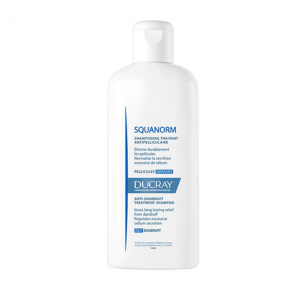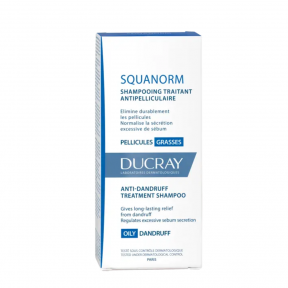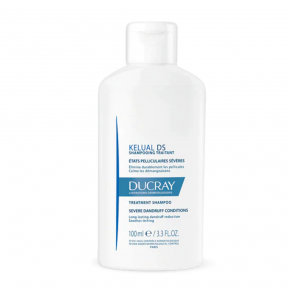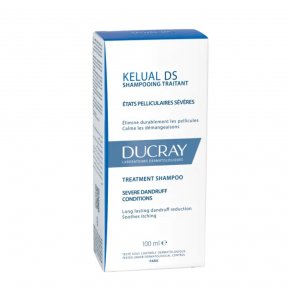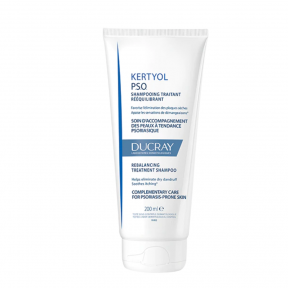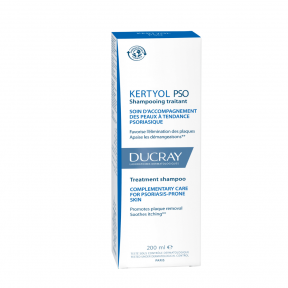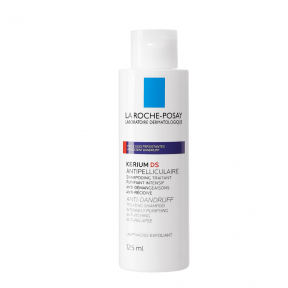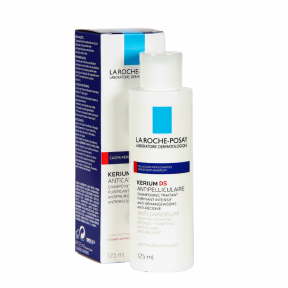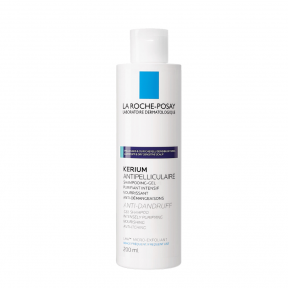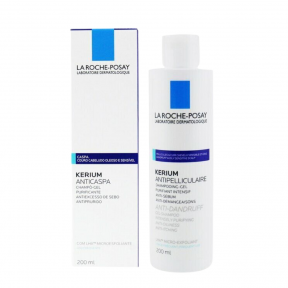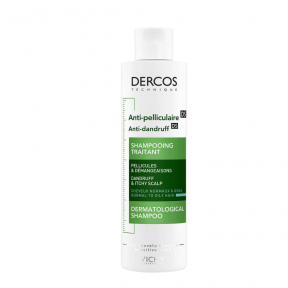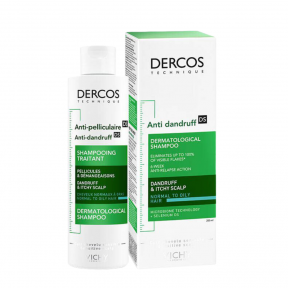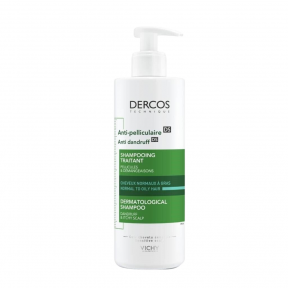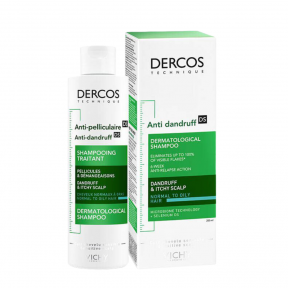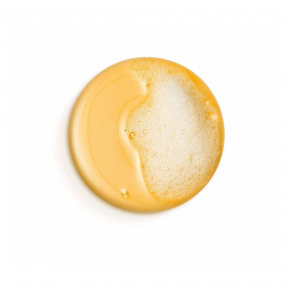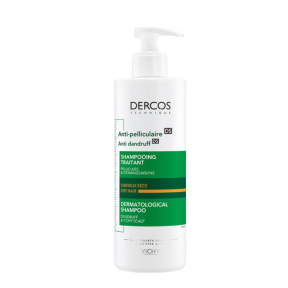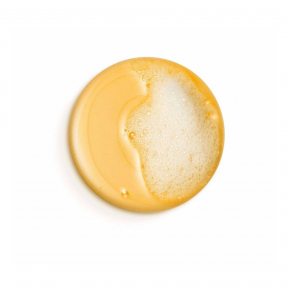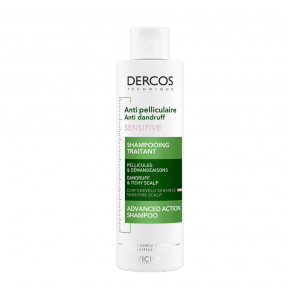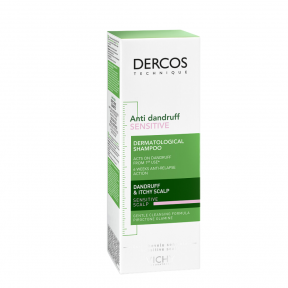WHAT IS SEBORRHEIC DERMATITIS AND HOW TO CONTROL THIS SKIN CONDITION
-

LEARN WHAT SEBORRHEIC DERMATITIS IS, HOW TO IDENTIFY IT, AND HOW TO TREAT THIS SKIN CONDITION.
Seborrheic dermatitis is a common skin condition that affects millions of people around the world. Also known as dandruff or seborrhea, this condition can cause discomfort and embarrassment due to the appearance of flaky, red patches on the skin, especially on the scalp, face, and oily areas of the body.
What is Seborrheic Dermatitis?
Seborrheic dermatitis is a chronic inflammatory skin condition that mainly affects areas of the body with higher oil production, such as the scalp, forehead, eyebrows, sides of the nose, ears, and central chest area. It is characterized by reddish and flaky patches on the skin, as well as itching, scaling, and irritation.
Causes and symptoms of seborrheic dermatitis
Although the exact cause of seborrheic dermatitis is not completely understood, a combination of genetic factors, excessive sebum (skin oil) production, a yeast called Malassezia, and an inflammatory immune system response are believed to play a role.
The most common symptoms of seborrheic dermatitis include:
- Yellowish or whitish flakes on the skin and scalp.
- Redness and inflammation in the affected area.
- Intense itching and burning sensation.
- Peeling of the skin, especially in oily areas.
- Sun sensitivity and increased oiliness of the skin.
Treatments for seborrheic dermatitis
While seborrheic dermatitis has no definitive cure, there are several effective treatment options available to control and relieve symptoms. Here are some of the most commonly recommended approaches:
1. Medical shampoos: shampoos that contain active ingredients such as zinc pyrithione, selenium sulfide, ketoconazole or tar can help reduce inflammation, itching and flaking on the scalp. Use them regularly, following the manufacturer's instructions.
2. Skin care: Gently wash the affected area with a mild cleanser and avoid vigorous scrubbing, as this can irritate the skin. Use non-comedogenic and hypoallergenic products to moisturize the skin, helping to reduce flaking and redness.
3. Topical medications: Your dermatologist may prescribe topical medications, such as creams or lotions containing low-potency corticosteroids, to reduce inflammation and relieve the symptoms of seborrheic dermatitis. These medications should be used as instructed by your doctor and only for short periods of time to avoid unwanted side effects.

4. Antifungal treatments: Because the presence of Malassezia yeast is associated with seborrheic dermatitis, the use of antifungal medications may be recommended in more severe cases. These medications can be administered orally or applied topically as advised by a doctor.
5. Healthy lifestyle: Although there is no direct relationship between diet and seborrheic dermatitis, maintaining a healthy lifestyle can help improve skin condition. This includes a balanced diet, stress reduction, adequate sleep, and regular exercise.
Precautions to be taken
When dealing with seborrheic dermatitis, it is important to take some precautions to avoid aggravating the symptoms:
Avoid scratching: Scratching the affected skin can make the inflammation and scaling worse. Try to resist the urge to scratch, and if necessary, use cold compresses or apply soothing lotions to relieve itching.
Proper product cleaning: Wash makeup brushes, combs, and brushes regularly to remove any buildup of oil and dead skin cells. This helps prevent the spread of Malassezia yeast.
Avoid irritating products: Hair or skin care products that contain irritating ingredients, such as alcohol or fragrances, can aggravate seborrheic dermatitis. Opt for mild and hypoallergenic products.
Consult a dermatologist: If symptoms persist or worsen, even with appropriate treatment, it is recommended to consult a dermatologist. They will be able to evaluate your skin condition and provide a personalized treatment plan.
Seborrheic dermatitis is a common skin condition that can be uncomfortable and embarrassing. However, with proper care and treatment, it is possible to control symptoms and improve skin health. By using medical shampoos, proper skin care and, if necessary, topical or antifungal medications, you can relieve the itching, inflammation and flaking associated with seborrheic dermatitis. Remember to follow your dermatologist's guidelines and maintain a regular skincare routine to help control this condition and feel more comfortable.
Check out some of the products available at BlinkShop to help fight seborrheic dermatitis!

